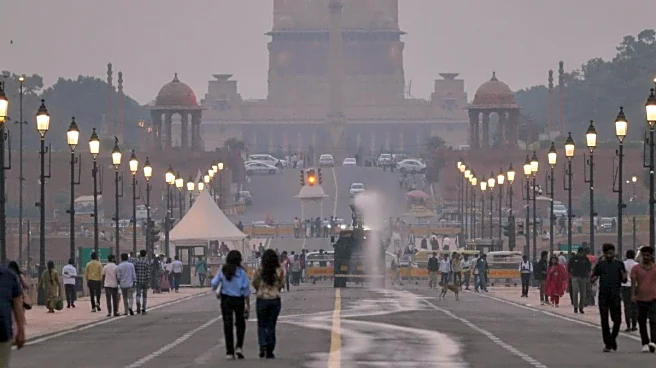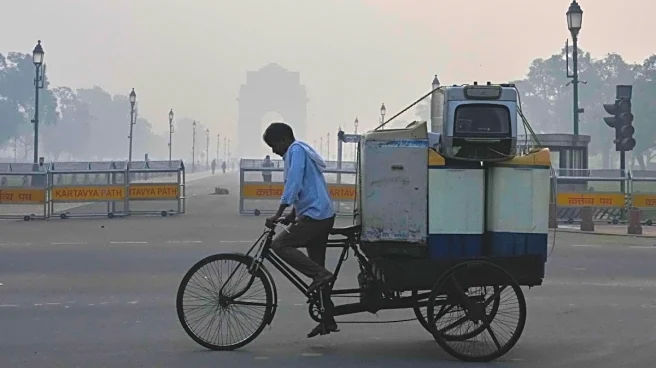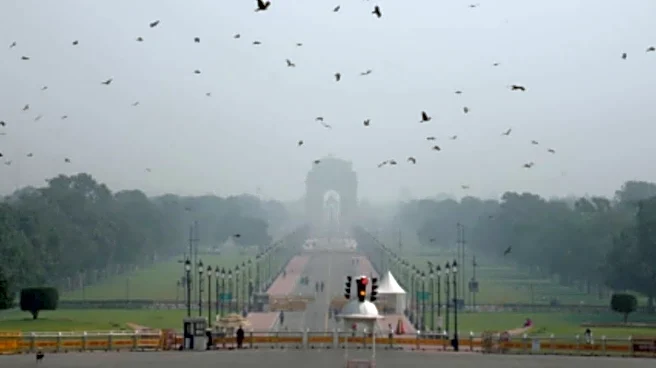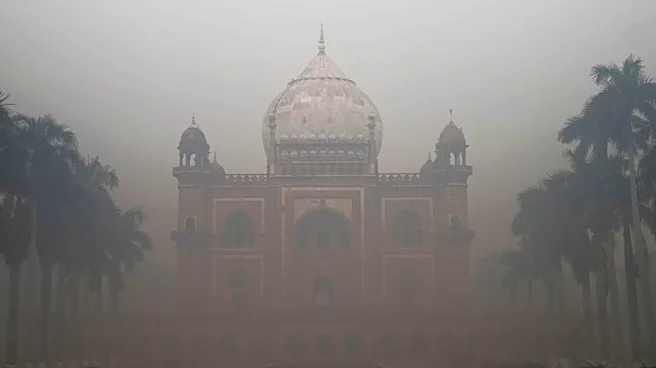Delhi experienced its chilliest night in October over the past two years on Thursday, as the minimum temperature dropped to 17 degrees Celsius. At the same time, the city’s air quality showed slight improvement,
moving from the ‘very poor’ to the ‘poor’ category after four consecutive days of hazardous pollution.
According to the India Meteorological Department (IMD), Thursday night’s temperature of 17 degrees Celsius was 0.2 degrees below the seasonal average, making it the lowest recorded this season so far.
The IMD noted that in 2024, the minimum temperature on October 15 had been slightly higher at 17.4 degrees Celsius. The maximum temperature on Thursday was recorded at 32.3 degrees Celsius, marginally above the normal of 31.9 degrees.
For Saturday, the IMD has forecast morning mist across the city, with temperatures expected to hover between 17 and 31 degrees Celsius.
While Delhi shivered through the cold night, residents also breathed a little easier as the air quality improved. The Central Pollution Control Board (CPCB) reported a 24-hour average Air Quality Index (AQI) of 275, categorising it as ‘poor’.
Anand Vihar recorded the highest AQI among the city’s 38 monitoring stations at 414. Of the total, 10 stations reported ‘very poor’ air quality, 24 were in the ‘poor’ category, and three fell under the moderate range.
Neighbouring cities in the National Capital Region (NCR), including Gurugram, Noida, and Ghaziabad, also recorded ‘poor’ air quality with AQI levels in the 200s.
Forecasts from the Centre’s Air Quality Early Warning System (EWS) suggest that Delhi’s AQI may remain in the ‘very poor’ category until Saturday, after which it is expected to fluctuate between ‘poor’ and ‘very poor’ over the next six days.
The CPCB defines AQI readings of 0–50 as ‘good’, 51–100 ‘satisfactory’, 101–200 ‘moderate’, 201–300 ‘poor’, 301–400 ‘very poor’, and 401–500 ‘severe’.
(With inputs from PTI)





/images/ppid_a911dc6a-image-176128962546075319.webp)







